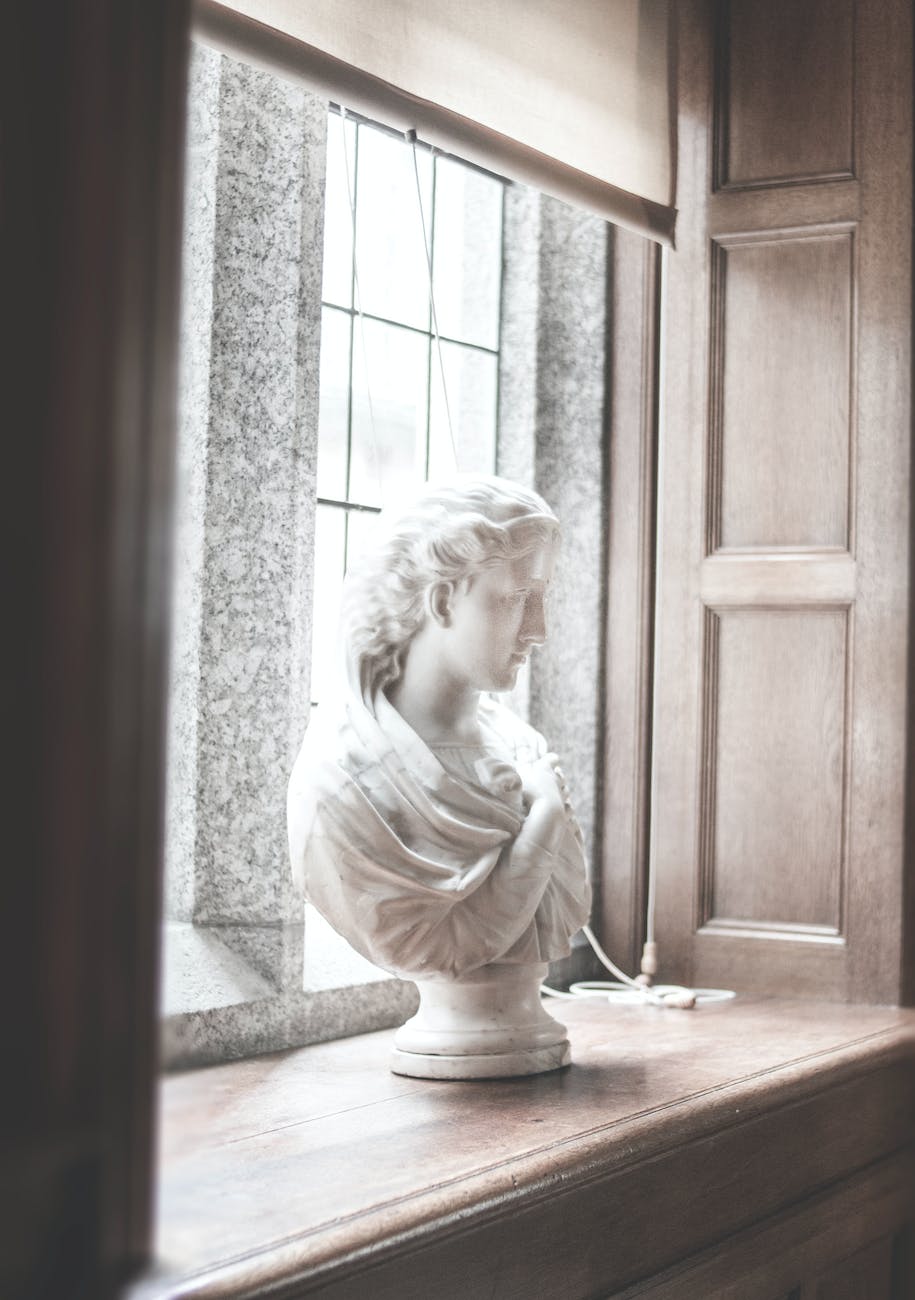The World of Sculpture: A Closer Look at Three-Dimensional Art
Sculpture encompasses a rich, multifaceted realm of artistic expression. Mastering the medium requires understanding its fundamental qualities, diverse materials and tools, sculpting methods, subject matter, styles, and presentation considerations. This piece will delve into key facets comprising the expansive world of dimensional artwork.
Defining Sculpture
Sculpture possesses unique attributes setting it apart from other art forms:
- A tactile, physical medium occupying three-dimensional space
- Meant to be viewed from all angles, considered in the round
- Engages the sense of touch along with sight
- Involves additive and subtractive processes
- Permanence – sculptures persist through time
- Presence – interactions with real environments
Sculpture Media
Artists work across a vast array of traditional and contemporary materials:
- Clays – oil/polymer, casting, terra cotta, porcelain
- Wax – for modeling, casting, encaustic
- Plaster – plaster of Paris, Hydrocal
- Wood – basswood, tupelo, maple, exotic hardwoods
- Stone – limestone, alabaster, granite, marbles
- Metal – bronze, aluminum, stainless steel, copper
- Mixed Media – found objects, fabric, glass, plastics
- Alternative Materials – ice, earth, salt, paper, soap
Sculpting Tools
A variety of hand tools shape and refine sculpture:
- Metal – blades, loops, modeling tools, dental tools
- Wood – sticks, skewers, clay shapers, stylus
- Wire – cutters, awls, loop tools, pliers
- Abrasives – files, rasps, rifflers, sandpaper
- Hammers – chipping, forming, rubber mallets
- Chisels – skeletonizing, shaping, carving, paring
- Clamps – holding, gluing, joining, supporting
Sculpture Methods
Numerous techniques bring concepts into three dimensions:
Additive Sculpting
- Modeling – shaping additive soft media like clay or wax using hands and tools
- Assembling – combining disparate elements like wire, paper, found items
- Carving – incising and removing material from a larger base form
Subtractive Sculpting
- Carving – removing stone or wood using chisels, rasps, power tools
- Casting – pouring plaster, concrete, or metal into molds
Subjects and Styles
Sculpture depicts a vast range of subjects, from representational to abstract:
Figurative sculpture – Portraits, human forms, groups
Animal sculpture – Wildlife, pets, mythological creatures
Architectural sculpture – Monuments, fountains, furnishings
Decorative sculpture – Vessels, candelabras, trays
Expressive styles – Realism, minimalism, concept-based
Presenting Sculptures
Lighting, surroundings, and displays impact how sculptures are viewed:
- Positioning – Plinths, shelves, niches, pedestals,cases
- Lighting – Spotlights, track lights, natural light at optimal angles
- Backgrounds – Clean backdrops best focus attention
- Protection – Climate control, barriers from touching, anchored displays
- Interpretation – Labels providing context on meaning, materials, significance
The multidimensional considerations encompassing sculpture offer artists endless room for imagination and growth. Exploring the medium’s extensive depths promises a profoundly rewarding creative journey.
